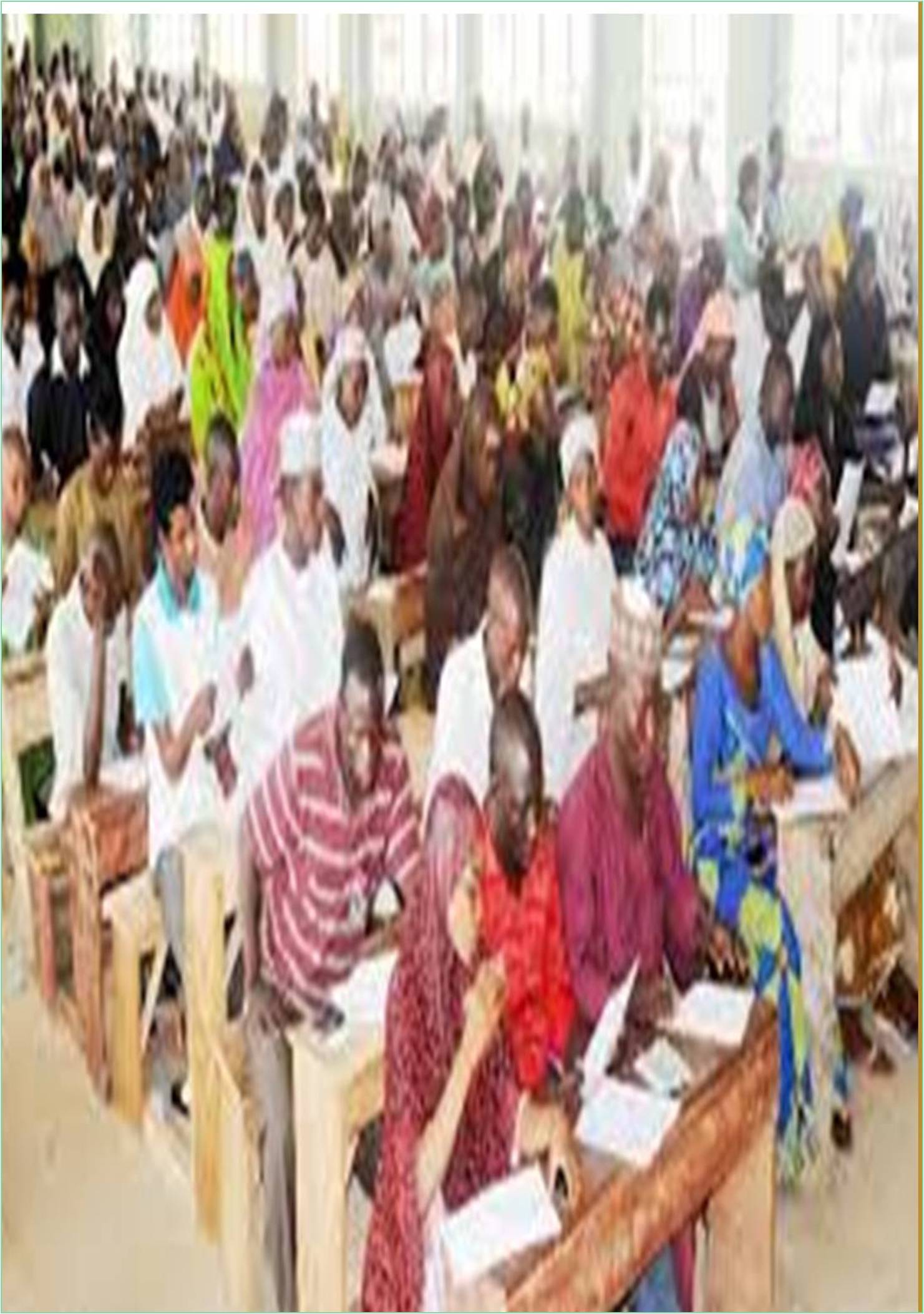



Received: 03-Aug-2022, Manuscript No. IJANFE-22-74881; Editor assigned: 05-Aug-2022, Pre QC No. IJANFE-22-74881 (PQ); Reviewed: 19-Aug-2022, QC No. IJANFE-22-74881; Revised: 26-Aug-2022, Manuscript No. IJANFE-22-74881 (R); Published: 05-Sep-2022, DOI: 10.15651/2437-1882.22.3.033
Informal Education (IE) is a general term for education that occurs outside of the teaching process. Informal education contains student interests within an education system in a regular classroom environment. It operates through communication, as well as the investigations and development of knowledge. Sometimes, there is a clear objective association to some larger strategy. The objective is to provide students individual information need to develop to more complicated concepts. Homeschooling or private schooling, self-teaching, and educational programmers are all examples of adult learning.
Informal Education (IE) is the practice of both intentional and unintentional aspects of working in collaboration on new information. It can be discussion-based, with purpose of reducing the disparity between traditional classroom environments and life outside the school environment. Because people have interpreted information in different ways, a structured education system will not always allow all learners to understand the information. Informal education becomes less controlled than classroom teaching education, indicating that it can be so effective. Informal education can help individuals understand how to react to and control different scenarios and environments. Furthermore, it combines social organizations that are essential for learning. Informal education can be described as the learning that occurs as a result of involvement in community and youth organizations.
This type of education is a fundamental process that allows people to learn in different ways. It helps in the development of community members, associations, and interactions that develop a positive atmosphere for learning. Formal education continues to follow a standard curriculum. Informal education refers to the learning that occurs as a result of activities related to daily life, work, family, or relaxation. Both formal and informal education environments provide different advantages to a future career.
Informal education aims to establish or develop environments in which people can learn, investigate and expand their experiences, as well as implement modifications. Establishes an environment that allows individuals to understand and together develop of each other. Recognizing that the activity can be based on any type of learning, the teaching is not required to be informative, but rather assumed. Instead of teaching the difficult material and then giving the techniques, humans start giving students the ability to be doing composite materials over time. Describes the social aspects of learning and the importance of co-operative learning. The techniques provided to students are perceptible for the procedures to that they will be implemented. It acts as an interface between life and education. Enables learners to determine how they learn and how they approach the information. Teach students more accessible in the future as well as the present. Discussion and communication with others start driving informal education. When interacting with the environment, ability to respond is necessary. The ability to behave freely in unexpected situations. Individuals can learn without being connected by any responsibilities or limitations. Allows for free choice and interest improvements.
Ability to create someone's structures the practical and theoretical polarization. Utilizing teaching methods to educate students new scientific concepts can save wasted time determining whether concepts are useful or not. This could motivate the students and help people in accomplishing what people teach from the beginning. When people utilized grammatical structures teachings to help students communicate more effectively with others in the community, students are more possible to accomplish these concepts because they would be implementing them for both individual and group activities. Finally, unlike informal schooling, formal schooling tends to discourage students from learning and problem solving by themselves.